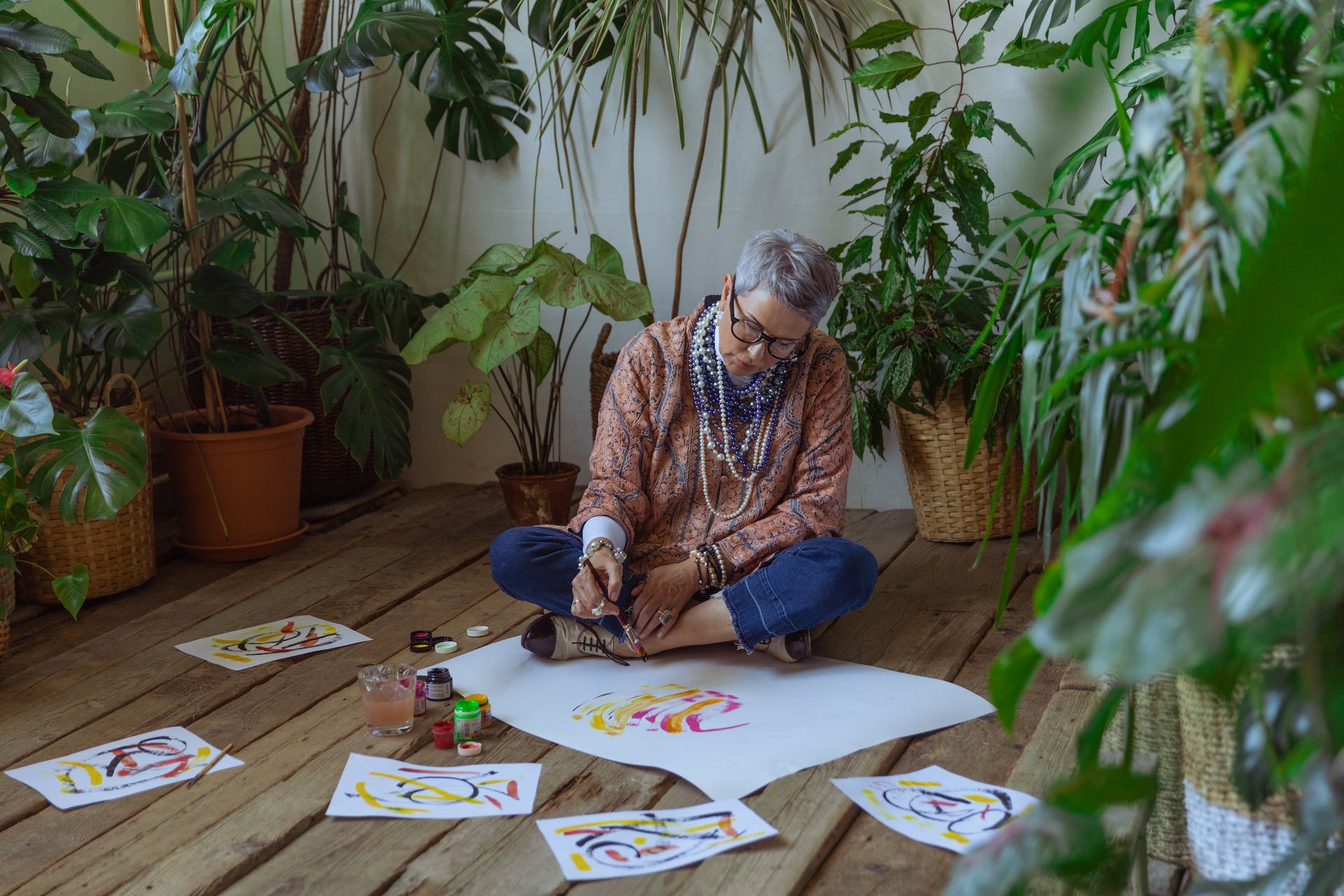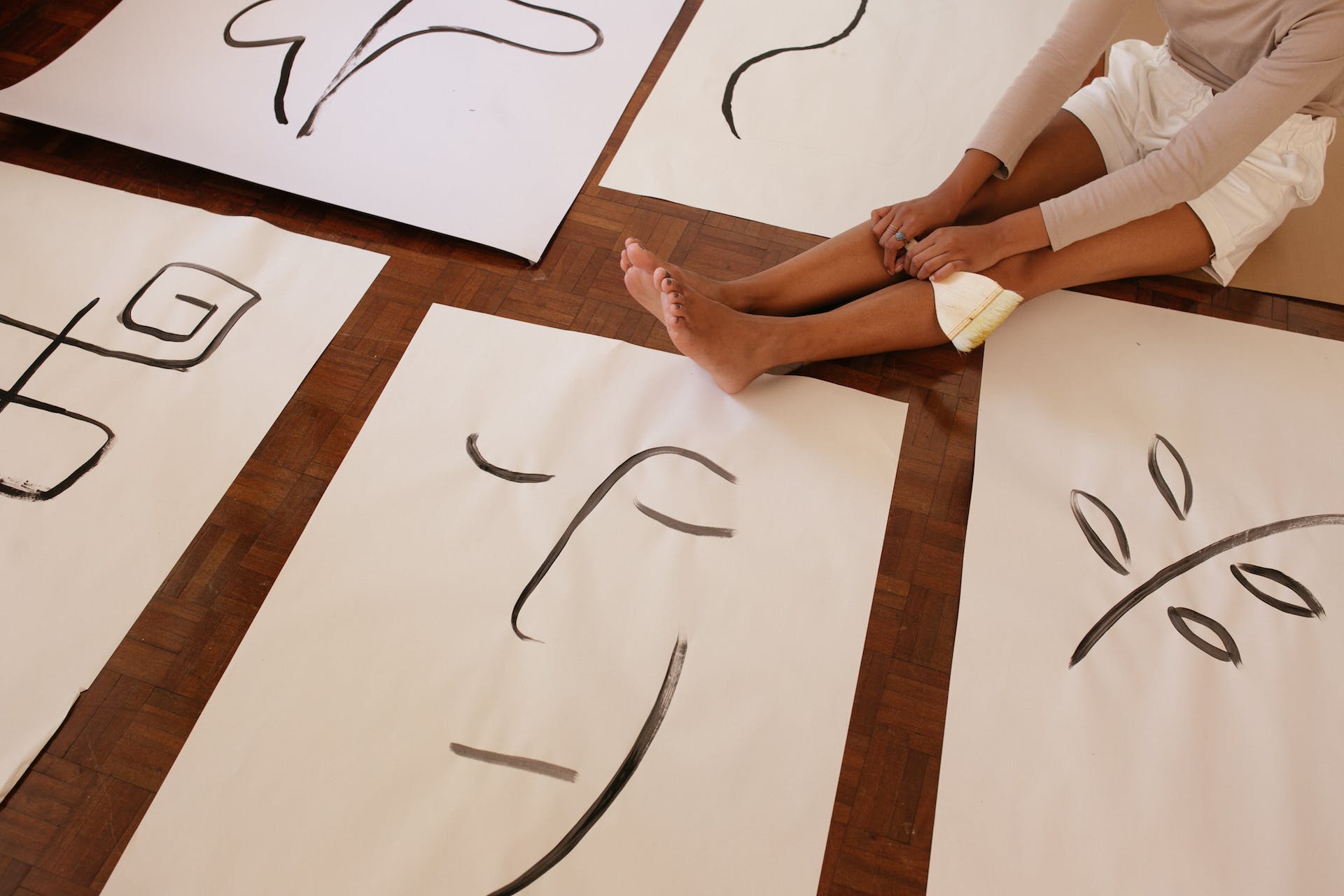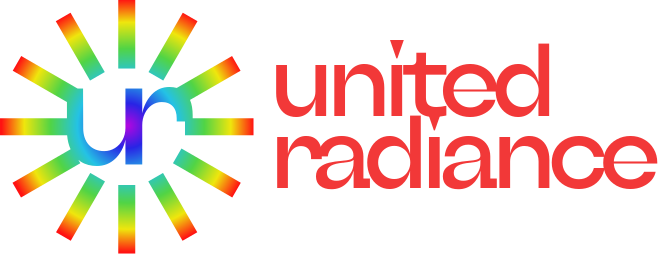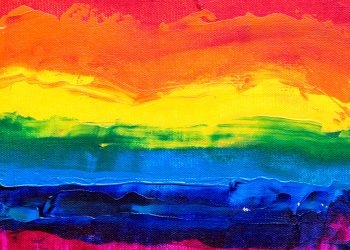In the realm of counseling, especially for individuals within the LGBTQIA+ community, integrating art and creativity has proven to be a transformative tool. This approach is particularly effective given the unique challenges faced by LGBTQIA+ individuals, including discrimination, stigma, and social isolation. These experiences can significantly impact their mental and emotional well-being, making traditional verbal expression in therapy sessions challenging.
Grounding Through Art: The Role of Drawing
For clients, especially those who have experienced trauma, finding grounding is often a crucial first step in therapy. Pencil and paper drawing offers an accessible and non-threatening way for clients to explore their thoughts and emotions. This simple yet powerful technique helps clients to experience grounding and containment, facilitating a more effective therapeutic process.

Case Study: Integrating Multiple Identities
A recent case illustrates the effectiveness of art in therapy. A client struggling to feel grounded in sessions found relief through free drawing. This approach allowed them to express themselves creatively without pressure, enabling them to open up about their thoughts and feelings during the drawing process.
Therapeutic Benefits of Drawing
Drawing as a therapeutic activity allows clients to give tangible form to their complex, inner emotional world. It aids in staying connected to the present moment, crucial for clients grappling with anxiety or trauma. Additionally, the bilateral stimulation involved in drawing – engaging both sides of the brain through activities like alternating hand movements or eye movement – has been effective in processing traumatic memories and reducing negative emotions.
Deepening Therapy Through Free Drawing
Implementing free drawing in regular talk therapy sessions can lead to deeper emotional processing and make therapy more engaging and enjoyable. It is vital to address not only difficult emotions but also to explore feelings of joy and euphoria, especially in the context of LGBTQIA+ clients integrating their marginalized identities.
Creative Prompts for Expression
Several prompts can be used in free drawing sessions with LGBTQIA+ clients. These include drawing responses to words like “pride” or “trans day of visibility,” illustrating concepts like safety and support, or creating images that represent gender euphoria. Technical challenges, like drawing with only lines or using the non-dominant hand, can also be effective.

Choice and Creativity in Counseling
Offering clients a choice among various drawing prompts empowers them, a significant consideration for LGBTQIA+ individuals often deprived of choice and expression in oppressive environments. By providing a non-threatening and accessible way to explore emotions, free drawing can help clients express themselves, process their emotions, and integrate emerging LGBTQIA+ identities.
Invitation to Practitioners
For those working one-on-one with queer individuals, incorporating regular ‘draw-n-talk’ sessions can be a highly effective approach. It caters to clients who show interest in art and provides an alternative avenue for expression and healing.
In conclusion, art therapy, particularly free drawing, emerges as a powerful tool in counseling LGBTQIA+ clients. It facilitates emotional expression, aids in processing complex identities, and enhances the overall therapeutic experience.
©unitedradiance.org

